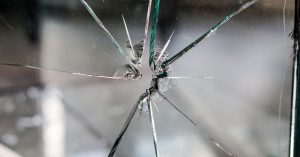
How Should You Conduct an Impact Test?
Materials may fail when subjected to sudden applied impact due to pressure, load or stress. How should you conduct an impact test for your business? In this article, learn more about conducting impact tests, the types of impact testers.



